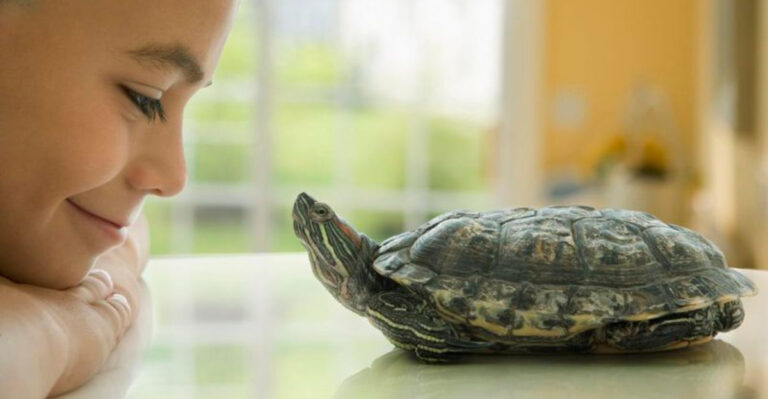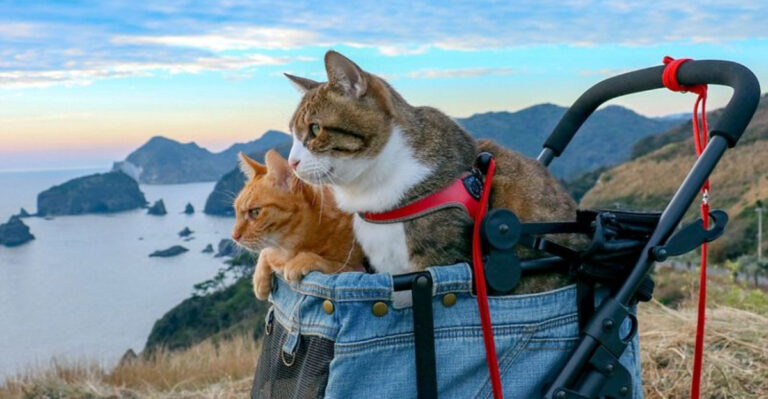13 Hidden Signs Of Cognitive Impairment In Cats You Shouldn’t Ignore
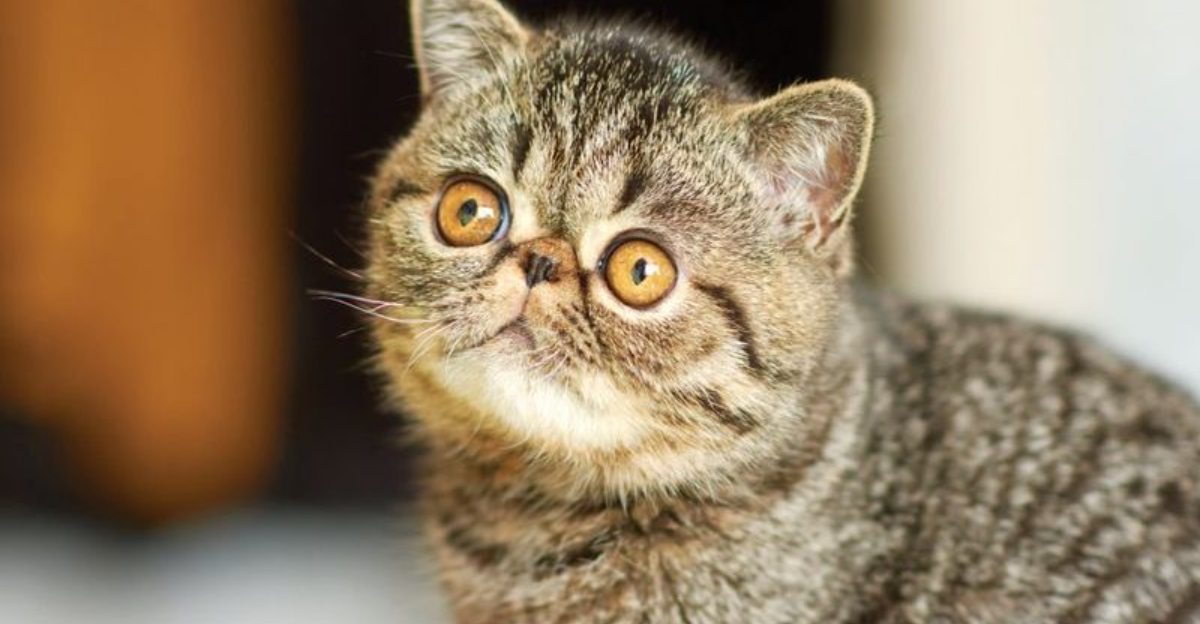
Our feline friends can experience mental decline as they age, just like humans do. Feline cognitive dysfunction syndrome (CDS) affects many senior cats, but the symptoms often go unnoticed because they’re subtle or mistaken for normal aging.
Recognizing these warning signs early can make a huge difference in your cat’s quality of life and help you provide the right care when they need it most.
1. Midnight Yowling Sessions
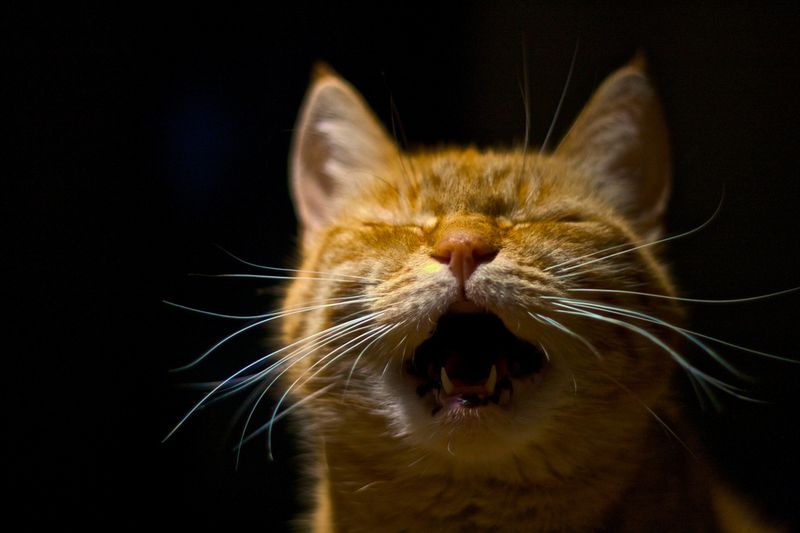
Your once-quiet kitty now performs 3 AM concerts that wake the whole house. This disruptive vocalization isn’t just annoying – it’s your cat expressing confusion or anxiety from cognitive changes.
Senior cats with cognitive decline often become more vocal during nighttime hours when the house is quiet and dark. The disorientation they feel can trigger these loud complaints.
If your older cat suddenly develops this habit, especially combined with aimless wandering, it’s time for a vet checkup. While some nighttime noise is normal cat behavior, persistent or increasing yowling deserves professional attention.
2. Bathroom Accidents Outside The Litter Box

Finding unexpected puddles or piles around the house from your previously perfect-potty-trained cat signals more than just rebellion. Cognitive decline can make cats forget where their litter box is located or how to use it properly.
Cats suffering from cognitive dysfunction might stand right next to their clean litter box but eliminate elsewhere. Some cats may even start using their litter box and then walk away mid-business, leaving a trail behind.
Always rule out medical issues like urinary tract infections first, but if physical problems are eliminated, cognitive changes could be the culprit.
3. Blank Staring At Walls
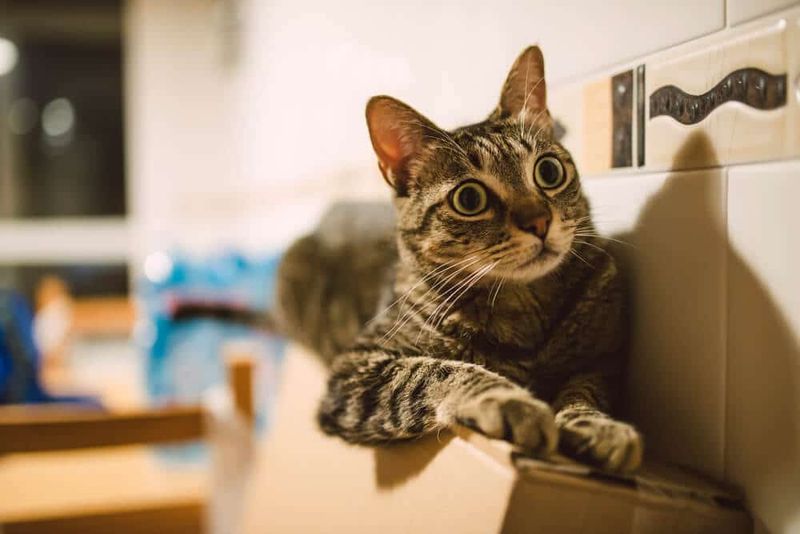
Catching your cat fixated on blank walls or empty corners for extended periods is unsettling. While cats occasionally track invisible specks or insects, prolonged vacant staring often indicates cognitive changes.
Brain changes can alter visual processing, causing your cat to perceive things that aren’t there or become mesmerized by shadows or subtle patterns humans don’t notice. Some cats will press their heads against walls – a serious sign requiring immediate veterinary care.
If your previously alert cat now spends significant time in these trance-like states, especially combined with other behavioral changes, cognitive dysfunction may be developing.
4. Getting Stuck In Corners

Finding your cat wedged into tight spaces looking confused is heartbreaking. Cognitive decline can affect spatial awareness, causing cats to enter narrow spots without knowing how to back out or turn around.
Memory problems may make familiar pathways through your home suddenly seem foreign to your cat. You might notice them walking into corners or behind furniture, then freezing or crying because they can’t figure out how to escape.
This disorientation often worsens in the evening hours – a phenomenon called “sundowning” that affects humans with dementia too. Keeping floor plans open and consistent helps confused cats navigate more successfully.
5. Forgetting Meal Times
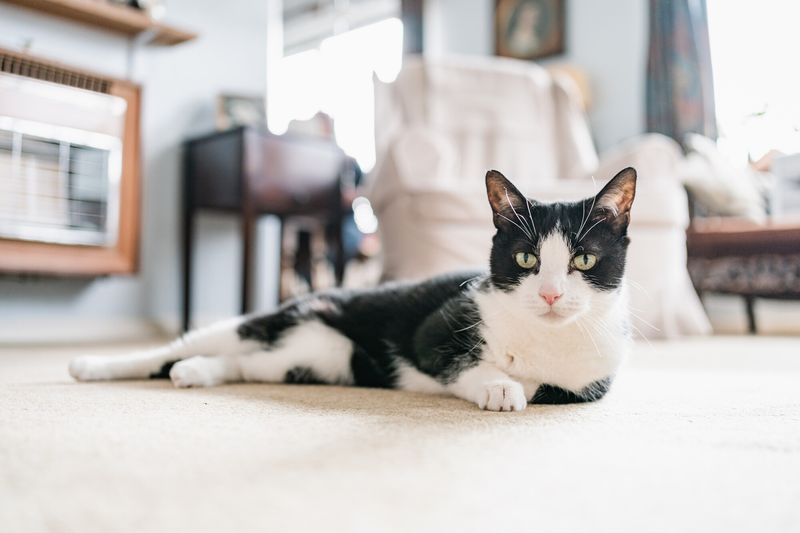
Most cats have built-in alarm clocks for feeding time, practically tripping you as mealtime approaches. A cat who suddenly forgets when or where they eat may be experiencing cognitive changes.
You might notice your previously food-motivated feline wandering away from a full dish, or conversely, begging for food immediately after eating. Some cats with cognitive dysfunction may even forget how to eat properly, dropping food or struggling with the mechanics of chewing.
Weight changes often accompany these mealtime confusions, so monitor your cat’s body condition alongside these behavioral shifts. Small, frequent meals in consistent locations can help manage this symptom.
6. Decreased Grooming Habits
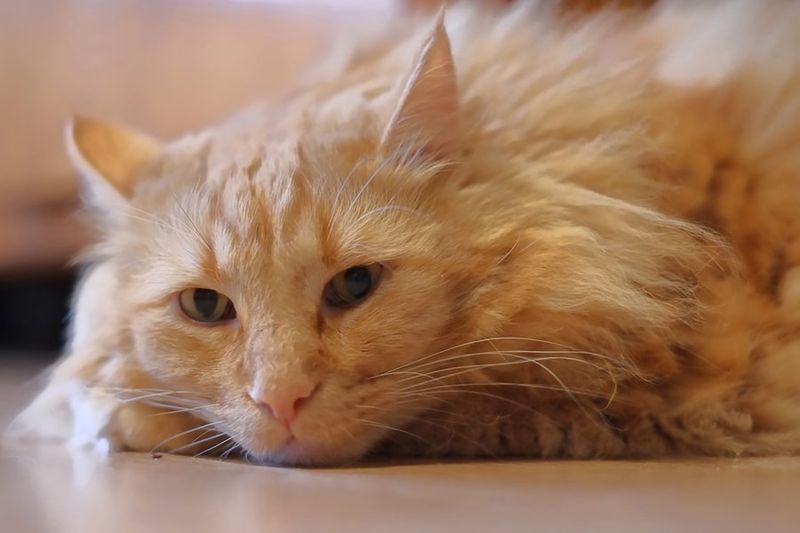
Cats are naturally fastidious creatures, often spending hours daily maintaining their pristine coats. When your previously well-groomed kitty starts looking unkempt with matted fur or a greasy coat, cognitive issues might be the cause.
Cognitive dysfunction can make cats forget grooming routines or lose interest in self-care. You might notice particular neglect in hard-to-reach areas like the lower back or under the tail.
While arthritis can also reduce grooming abilities, cognitive decline often produces an overall disheveled appearance combined with seeming unawareness of their condition. Gentle brushing sessions can help maintain both their coat health and your bond.
7. Personality Changes Without Reason
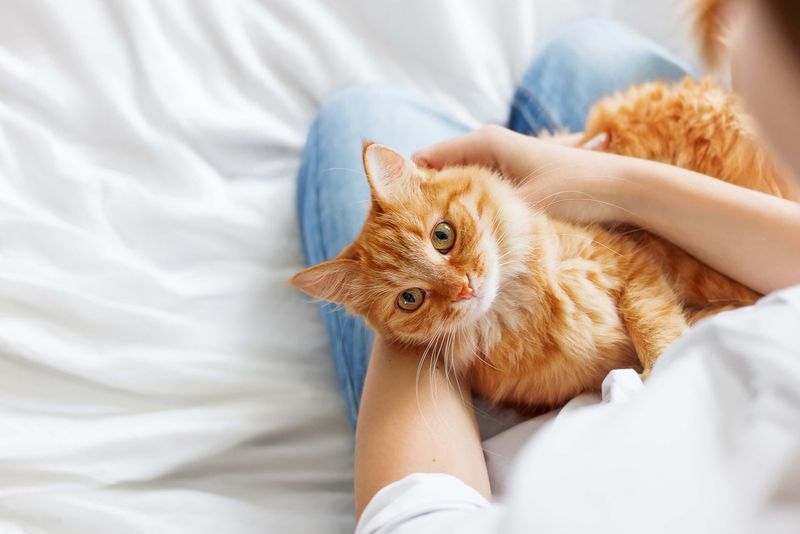
Your once-cuddly companion now hisses when approached, or your independent cat suddenly becomes clingy. These unexplained personality shifts often signal cognitive changes affecting emotional regulation and security perceptions.
Brain changes can make formerly friendly cats become irritable or fearful without apparent triggers. Some cats display the opposite – seeking constant contact after years of aloofness, following you everywhere or vocalizing when left alone.
These changes typically occur gradually but become noticeable when they contradict long-established personality traits. Creating predictable routines and safe spaces helps cats experiencing these confusing emotional shifts feel more secure in their changing mental landscape.
8. Failing To Recognize Family Members
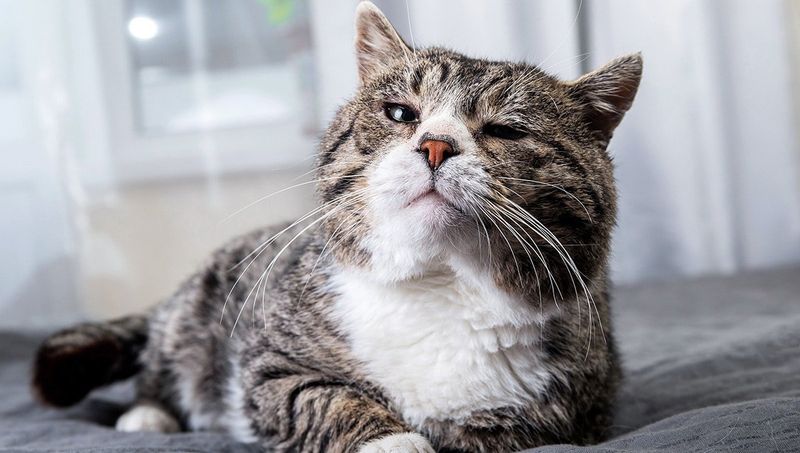
Few things hurt more than your faithful feline friend looking at you like a stranger. Cognitive dysfunction can impair a cat’s ability to recognize familiar people or animal companions they’ve known for years.
You might notice your cat hissing at household members they previously adored or hiding when certain family members enter a room. Some cats may approach their longtime human companions with the careful curiosity typically reserved for strangers.
This symptom particularly affects cats with vision changes alongside cognitive decline. Approaching affected cats slowly, speaking before touching, and maintaining consistent scents (perfumes, soaps) can help minimize recognition difficulties.
9. Altered Sleep-Wake Cycles

Cats naturally sleep 12-16 hours daily, but cognitive dysfunction can dramatically disrupt normal patterns. Your previously night-active cat might suddenly sleep all night and pace restlessly during daylight hours.
Brain changes affect the circadian rhythm – the internal clock regulating sleep-wake cycles. You might notice your cat sleeping more deeply during the day but wandering aimlessly at night, often accompanied by confused vocalizations.
This disruption can exhaust both cat and owner. Creating a stimulating daytime environment with interactive play sessions may encourage more appropriate sleep timing. Nightlights in key areas can also reduce confusion during nighttime awakenings.
10. Decreased Interest In Play
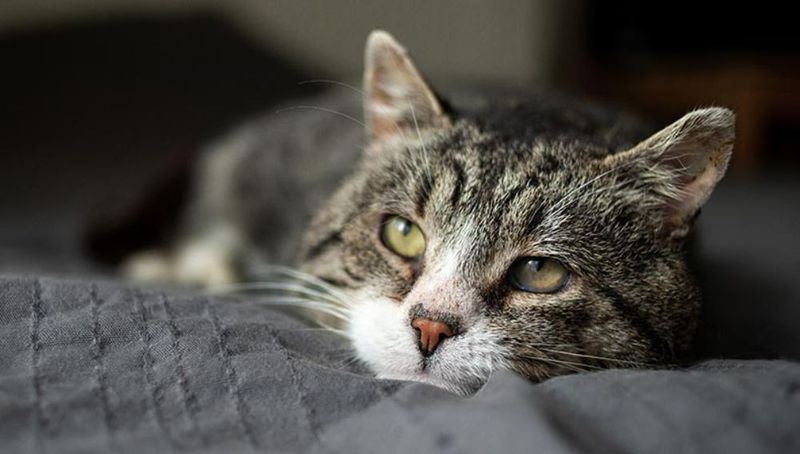
Even senior cats typically maintain some playfulness, even if brief. When your cat stops responding to favorite toys or games altogether, cognitive decline might be stealing their joy.
Cats with cognitive dysfunction often stare blankly at toys that once triggered enthusiastic pouncing. The brain changes affect their ability to process the play stimulus or remember how to respond appropriately.
Try introducing simpler toys with stronger sensory cues – crinkly sounds, catnip scents, or slow movements. Short, gentle play sessions with consistent toys can help maintain cognitive function and quality of life, even if the wild kitten antics are gone forever.
11. Getting Lost In Familiar Places
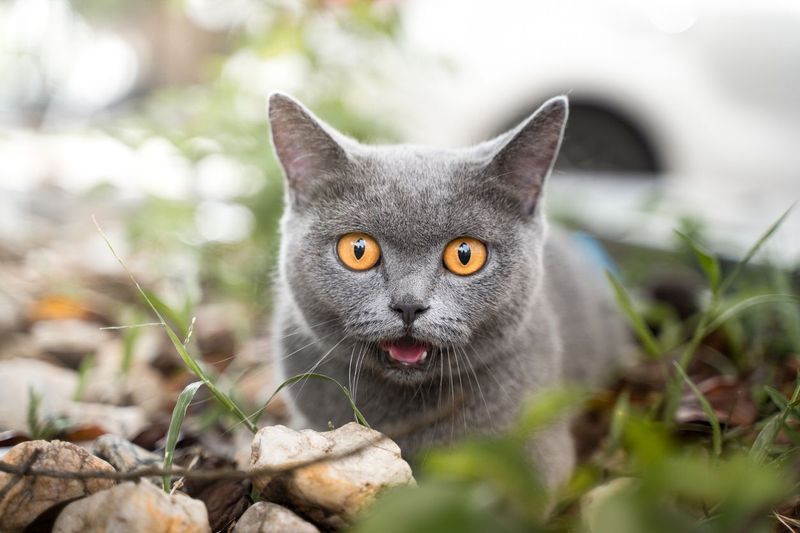
Finding your cat meowing helplessly in the same house they’ve lived in for years signals significant cognitive changes. Spatial memory deterioration makes familiar environments suddenly feel foreign and confusing.
You might discover your cat in strange places – behind washing machines, inside rarely-opened closets, or stuck in rooms they’ve navigated thousands of times. Some cats cry out with distinctive, plaintive meows when they feel lost and disoriented.
Maintaining consistent furniture arrangements and providing night lights can help. Some owners use pheromone diffusers in main living areas to create reassuring scent markers that guide confused cats back to safe, familiar spaces.
12. Repetitive Or Compulsive Behaviors

Watching your cat pace the same path for hours or obsessively lick one spot indicates more than just quirky feline behavior. Cognitive dysfunction can trigger repetitive actions as the brain gets stuck in behavioral loops.
Affected cats might circle endlessly before lying down or repeatedly enter and exit rooms without purpose. Some develop excessive grooming focused on one body area, creating bald spots or skin irritation.
These behaviors often intensify during stressful periods or environmental changes. Creating predictable routines and minimizing household disruptions helps reduce anxiety-driven compulsions. Enrichment activities that redirect focus can sometimes interrupt these troubling behavior patterns.
13. Increased Anxiety And Clinginess
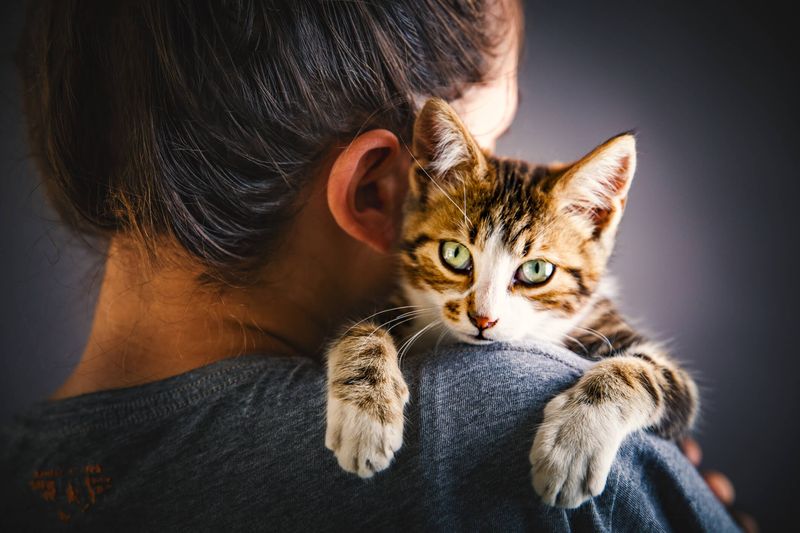
Sudden shadow-like behavior from your previously independent cat often signals cognitive insecurity. Brain changes can create constant anxiety and fear of separation from primary caregivers.
Cats with cognitive dysfunction may follow you from room to room, crying when doors close between you. Some become visibly distressed when left alone, showing symptoms like excessive grooming, hiding, or destructive behaviors during your absence.
This attachment anxiety stems from confusion and memory problems that make them feel constantly insecure. Creating safe spaces with familiar bedding and maintaining predictable daily routines helps reduce this stress. Some veterinarians recommend pheromone products or anxiety supplements for affected cats.

